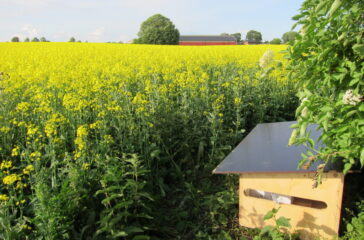Pesticides continue to plague bee health, study warns
By Shannon Kelleher
Pesticides sprayed on farmland continue to harm bumblebees in Europe, underscoring a need for more protective regulatory oversight, according to a new study that revealed how bees respond to real-world pesticide exposure at 106 sites across eight countries.
 EWG
EWG